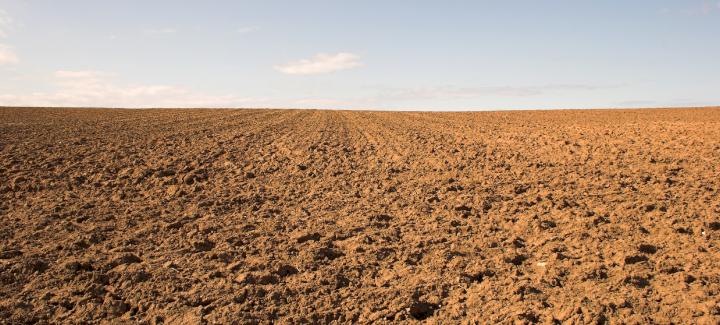
With 66% of the nation’s corn crop and 73% of soybeans harvested, it’s time to look ahead to the 2022 planting season. Start planning for what you can do this fall to give your fields the head start they need for a successful growing season next year. Soil sampling should be a top priority for growers this fall before a deep winter freeze sets in. We’ve dusted off a few of our favorite tips for soil sampling to help determine what this year’s crop used up and what nutrients are left for next year’s crop.
Tip #1:Know your regional soil sampling recommendations. Each region has different growing environments, including varying soil types, weather patterns and topography. So, it’s no surprise that each region has different recommendations for soil sampling. We recommend consulting your local soil testing lab before taking samples. They will provide you with tips on preferred sample depth, patterns for taking samples and even how many samples will generate the best results. Ideally, soil sampling should be completed every three to four years, so if this is your year to test your fields, consult with a certified soil testing lab near you for regional recommendations. And make sure you let the lab know if you plan to test on tilled or no-till acres as tillage can impact the soil sample depth.
Tip #2: Consult a local agronomist or extension agronomist for assistance with soil sampling. If you have any questions related to local soil sample recommendations, you can enlist the assistance of a local agronomist or university extension specialist to help with your soil sampling. Stine has agronomy experts throughout the country who can advise on soil sampling best practices. Find your local agronomist here.
Tip# 3: Know what you’re looking for. Soil samples measure a number of different elements in the soil. While understanding the different nutrients these tests calculate, it’s also important to look at the pH and cation exchange capacity (CEC) levels of the soil. Essentially, you need to look at the results as a whole. If you had a crop with high yields come out of the ground this year, you may have some pH imbalances in that same field in addition to lower macronutrient and micronutrient levels. A few things to consider.
- Macronutrients — The most common nutrients, crops use more of these nutrients than any other. Macronutrients include calcium, magnesium, nitrogen, potassium, phosphorus and sulfur.
- Micronutrients — While micronutrients are important to plant health, we do not need to apply them as frequently and in as high quantities as macronutrients. Micronutrients include boron, copper, chloride, iron, manganese, molybdenum and zinc.
- pH — Soil pH is the acidity or alkalinity makeup of the soil. The ideal pH level should fall between the 6.5 to 7.5 range, which is the neutral range where nutrient uptake is at its best. Anything under 6.5 is more acidic (1 being very acidic) and above 7.5 is alkaline (10 being very alkaline).
- CEC — CEC levels determine the type, capacity and organic makeup of the soil. CEC is an important measurement as it determines the soil’s ability to retain nutrients. CEC levels should be considered when determining the amount and frequency of nutrient applications. As a rule of thumb, the higher the CEC level of your soil, the less likely nutrient leaching will occur in your field.
For more information on soil sampling and what to look for, refer to our past blog post on the topic or reach out to your local Stine agronomist.
Related Articles
-

Stine® to offer Syngenta’s Victrato® soybean seed treatment in 2026
December 2025 in Agronomy
-

Use Stine’s XP® seed treatments to prevent early injury to your crops
December 2025 in Agronomy
-

Understanding Stine’s enhanced oil profile soybeans
December 2025 in Agronomy
-

Soil sampling sets the stage for spring
November 2025 in Agronomy



